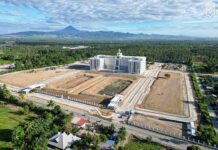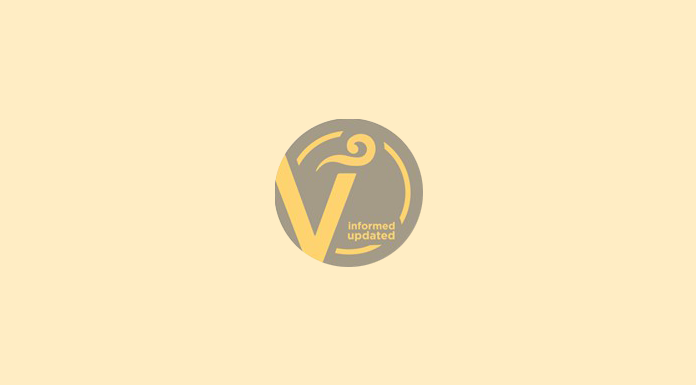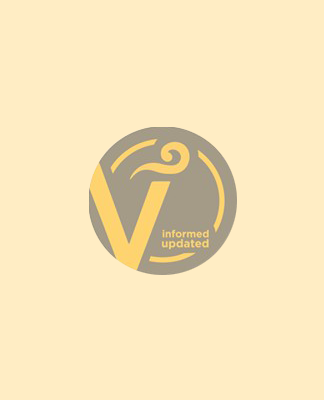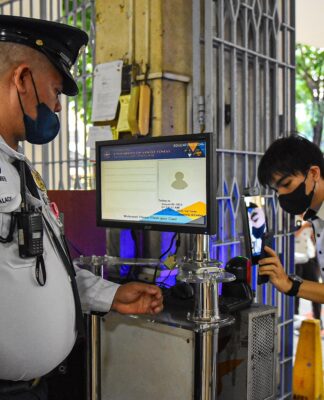March 26, 2015, 11:46 p.m. – THE UNIVERSITY
administration has slashed next academic year’s tuition hikes to just 2.5-5.3
percent from 5-8 percent, after strong opposition from students.
Under the final schedule of fees released by the Office of
the Vice Rector for Finance Thursday, the tuition increase will now amount to
P34 per unit for first-year students (up 2.5 percent), P67 per unit for
second-year students (5.1 percent), P68 per unit for third-year students (5.3
percent), and P32 per unit for fourth- and fifth-year students (2.4 percent).
In the original proposed schedule of fees released last
February, the tuition increases amounted to P67 per unit for first-year
students, P100 per unit for second-year students, P101 per unit for third-year
students, and P64 per unit for fourth- and fifth-year students.
Central Student Council President Ina Vergara urged
Thomasians to understand the administration’s decision, as “co-developers” of
the University. “This is also for the betterment of our University. We should
understand that we, as students, are also co-developers of UST,” Vergara told
the Varsitarian.
The library fee will have the highest increase among other
school fees for academic year 2015-2016, with a 30 to 33-percent hike. The
increase amounts to P365 for first- and second-year students, P384 for
third-year students, and P356 for fourth- and fifth-year students.
Physical Education fees will also increase by 2.5 percent or
P68 for first-year students and P134 for second-year students.
Thomasians enrolling in the National Service Training
Program will have to pay an additional P100 (up 5.1 percent) next academic
year, while those who will join the Reserve Officers’ Training Corps will have
to pay an additional P101 (up 5 percent).
Last academic year, tuition increased by 2.5 percent or
P31.23 per unit for second- to fifth-year students. Tuition increased by 3.5
and 3 percent in 2012 and 2011, respectively.
Under Section 42 of Batas Pambansa Blg. 232 or the Education
Act of 1982, “Each private school shall determine its rate of tuition and other
school fees or charges… subject to rules and regulations promulgated…”
By law, 70 percent of tuition increases must go to salaries,
wages, allowances, and other benefits of teaching and non-teaching personnel;
and 20 percent to the improvement or modernization of buildings, equipment,
libraries, laboratories, and similar facilities, and payment for other
operational costs. The remaining 10 percent represents return on investments
for higher education institutions if they are stock corporations. Otherwise, it
must be used for operations.
The Commission on Higher Education uses inflation—the rate
of increase in prices of consumer goods and services as measured by the consumer
price index—as a guide for regulating tuition hikes. Inflation averaged 4.1
percent in 2014, according to data from the Philippine Statistics Authority. Roberto
A. Vergara, Jr.















